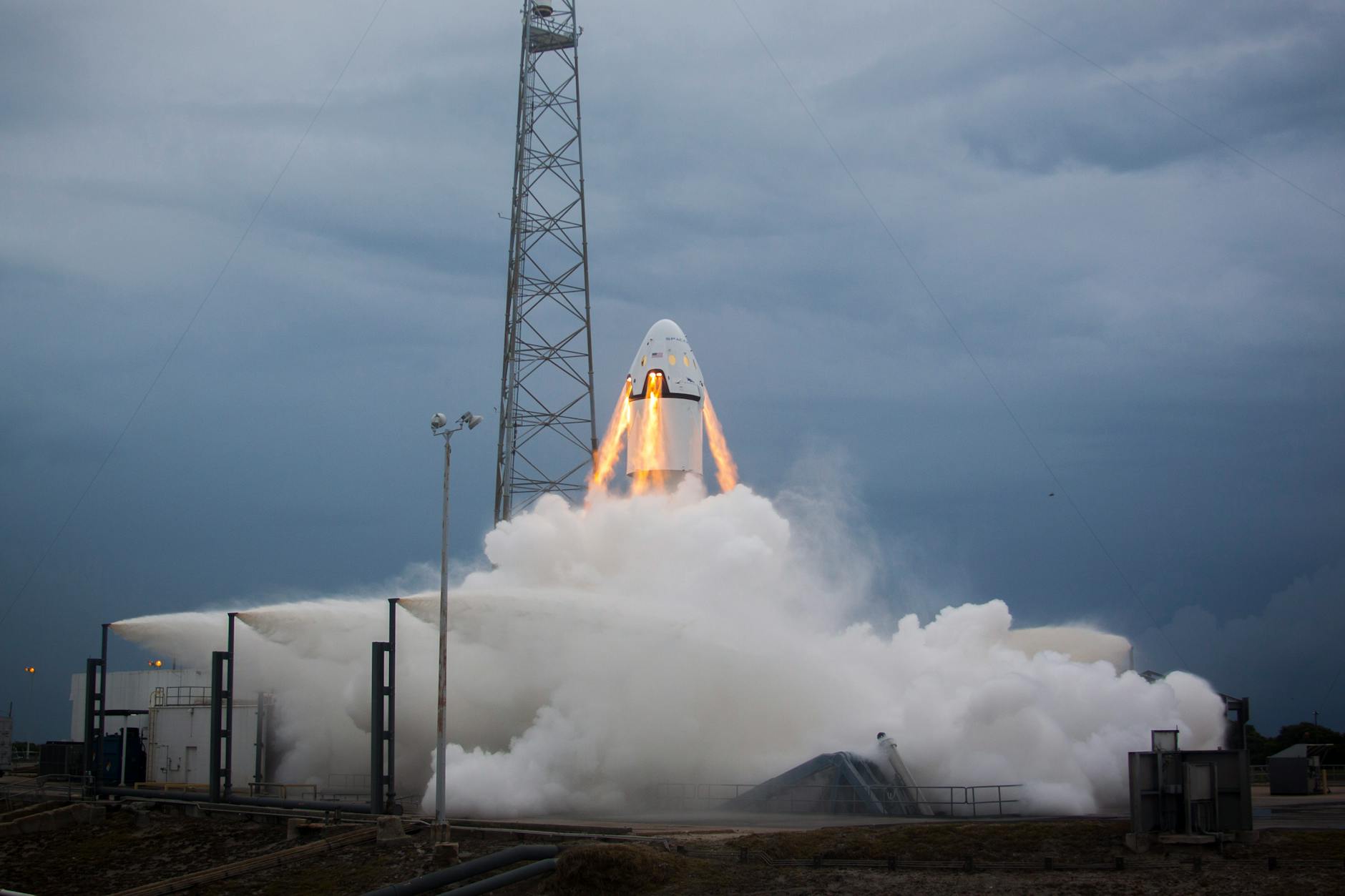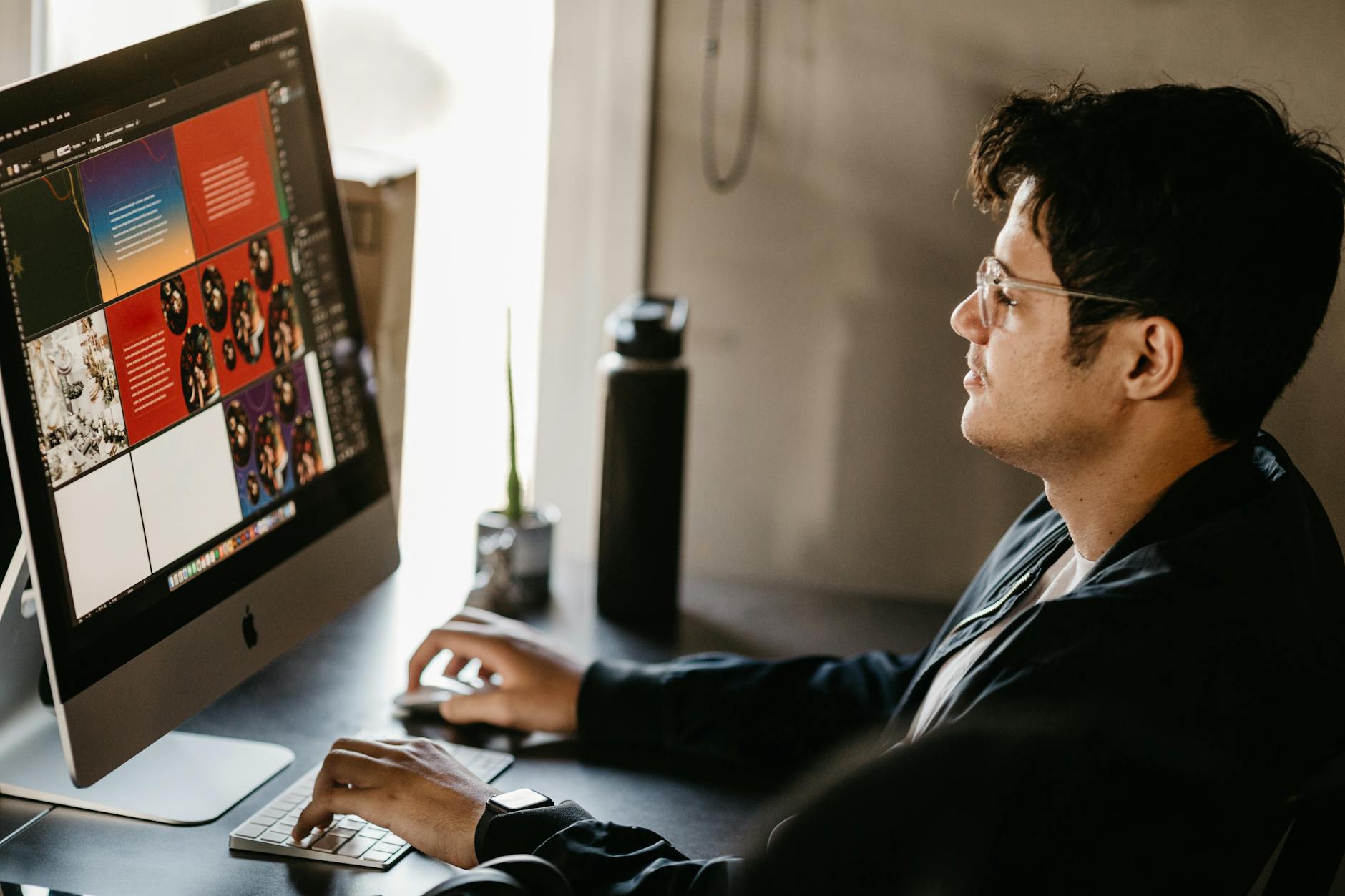Why Australia's Music Festivals are Perfect for Experiential Learning

Experiential Learning Benefits
Immersive Music Environments
When I think about transforming physical spaces for music education, the vision of Elder Park gatherings for music festivals often comes to mind. Immersive music environments can recreate that sense of community and excitement within the classroom, offering a multi-sensory experience that captivates young learners. Through strategically designed layouts, educators can introduce monitors for video conferencing to stream live performances or collaborate with musicians from around the world. This use of technology stimulates curiosity and engagement, encouraging students to explore diverse musical landscapes.
Real-World Music Interaction
One of the most rewarding aspects of teaching is watching children interact with music in real-time. In my lessons, I frequently incorporate elements inspired by local cultural workshops, such as those at the Adelaide Festival Center. Introducing pro audio equipment has allowed my students to hear music with clarity and depth, enhancing their connection to the sound. Guided listening sessions, where students respond to different instruments and rhythms, can be a gateway to understanding the power of music as a universal language.
Inspiring Creativity in Children
Creativity flourishes when children are given the freedom to experiment. With tools like a motorised projector screen, I can display visuals that accompany our music sessions, whether showcasing animated musical stories or footage from past performances. This not only keeps the children engaged but also fuels their imaginations. Providing an environment rich in sensory stimuli opens up a world of possibilities, where students are inspired to express themselves creatively and develop a profound appreciation for the art of music.
Unique Festival Experiences
Diverse Musical Genres
As a passionate music educator based in Adelaide, I've been deeply involved in our city's vibrant music scene, especially during cultural events. Have you ever observed how Elder Park comes alive during music festivals with a mix of genres? It's truly a sight to behold, and it offers a wonderful opportunity for young learners to experience a kaleidoscope of sounds.
Interactive Workshops
In the workshops, we often see children and families engaging with music in practical ways. During events at the Adelaide Festival Center, it's common to witness dynamic sessions where kids not only listen but take part in creating music themselves. Such hands-on involvement could be seamlessly incorporated into classroom settings, offering students a fantastic blend of learning and fun.
Family-Friendly Activities
Festivals are not just about music; they’re about bringing people together to enjoy a variety of activities. In places like Tandanya National Aboriginal Cultural Institute, there are numerous family-friendly activities designed to engage all age groups. For educators like us, these settings can serve as inspiration for classroom events or even outdoor learning days where we integrate technology, such as mesh radios or home entertainment, to enhance the experience. Such formats help bridge the gap between formal education and real-world music appreciation, engaging the whole family in the learning process.
Enhancing Educational Practices
Integrating Festival Concepts
In my years of teaching music, I've found that integrating festival concepts into the classroom significantly enhances the learning experience. Drawing inspiration from music events at the Tandanya National Aboriginal Cultural Institute, you can create a vibrant, immersive environment that mirrors the excitement of live performances. Interactive activities can bridge the gap between a child's world and the vast tapestry of musical genres they might encounter at festivals, instilling a sense of curiosity.
Developing Curriculum Ideas
One approach to refresh your curriculum is by incorporating themes from Elder Park's music festivals. By doing so, you can introduce students to diverse cultural and musical narratives. Start by selecting a festival theme and develop lesson plans that align with it. This might include making simple instruments or exploring the histories behind famous tunes. Integrating technology, such as an induction loop system for optimal sound delivery, can also revolutionize the way students engage with music.
Creating Sensory Experiences
As an educator, it's crucial to craft sensory experiences that invite exploration. Taking cues from lively festival atmospheres, use technology to create rich, auditory landscapes in the classroom. Consider bringing in guitars and basses to provide tactile experiences and let children feel the vibrations of sound. These interactive sessions not only boost engagement but also help in developing a child's auditory and kin aesthetic skills.
Safety and Well-Being
Ensuring Child Safety
When working with young learners, child safety remains a top priority. As a music educator, I've found that incorporating musical equipment requires careful consideration of the children's age and the potential hazards associated with each instrument. For instance, when teaching at my childcare center, I always check for any loose parts or sharp edges on instruments, and ensure that children are supervised at all times during play. Understanding the equipment ensures a secure environment, much like how we conduct inclusive and safe experiences at music events at Tandanya National Aboriginal Cultural Institute.
Managing Noise Levels
Noise management in a classroom setting is crucial to protect children's hearing and maintain focus. Modern classrooms can benefit from using data projectors with adjustable audio settings to control volume effectively during musical presentations. In my experience, having a well-calibrated sound system or projectors minimizes distractions and ensures that children are engaged without being overwhelmed by noise. It's a principle that mirrors the sound checks we perform in larger venues, ensuring the balance of auditory inputs for a comfortable experience.
Choosing Child-Friendly Venues
Selecting venues that are appropriate for children is as important as the curriculum itself. Some criteria I consider include the venue's safety features, accessibility, and the overall atmosphere it provides. In Adelaide, venues that host cultural workshops at the Adelaide Festival Center often consider these aspects, making them excellent models for child-friendly spaces. This step involves more than just logistics; it guarantees that every participant, regardless of their age, can navigate and enjoy the setting comfortably.


